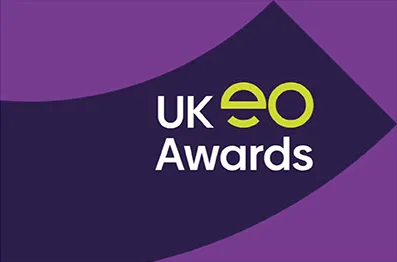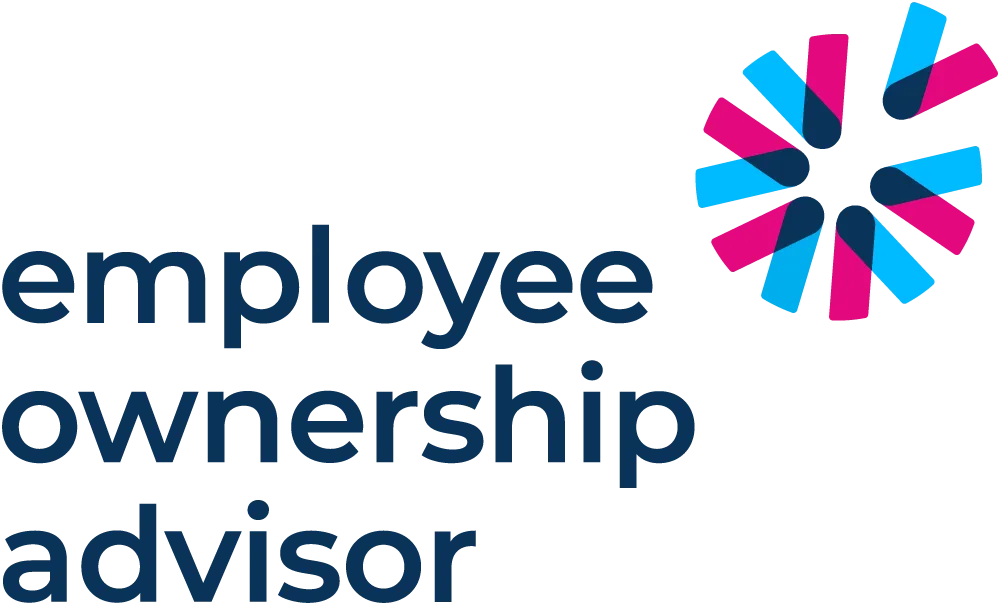Transitioning to employee ownership is a transformative step for businesses seeking to empower their workforce, secure their legacy, and build a more equitable workplace. This guide will walk you through the benefits, the process, and the key considerations involved in becoming employee-owned.
What is Employee Ownership?
An Employee Ownership Trust refers to a business model where employees own the majority or, more commonly, the entire share capital of a Company via a specialist Trust. The beneficiaries of the Trust are the employees (subject to certain eligibility criteria). By aligning the interests of employees and the company, employee ownership often leads to increased productivity, job satisfaction, and long-term sustainability.
Other forms of employee-ownership may benefit a selection of employees or employees as a collective.
Benefits of Employee Ownership
- Increased Productivity: Employees with a stake in the company’s success are often more motivated and engaged.
- Legacy Preservation: For business owners, transitioning to employee ownership ensures the company’s values and mission are maintained.
- Tax Advantages: Becoming an EOT offers significant tax benefits for the employees, the company and the selling owner. The Owner can sell their stake in the company and not pay any capital gains tax whatsoever subject to compliance with the rules. Employees can also earn up to £3,600 per annum as profit distributions and not pay any income tax on this distribution (any distributions above this are subject to income tax). The Company call also save significant sums on corporation tax in connection with any profit distribution. Other models detailed below may have different tax benefits.
- Employee Retention: Ownership fosters loyalty, reducing turnover and retaining institutional knowledge.
- Recruitment: being an EOT or having other employee share schemes gives you a significant competitive advantage when it comes to recruit top talent as your employees directly benefit from the profitability of the business.
Steps to Become Employee-Owned
- Assess Feasibility
Evaluate whether employee ownership aligns with your business goals and financial situation. Consult with financial advisors and legal experts who specialise in employee ownership to understand the implications for your company.
- Choose an Ownership Model
The main types of employee ownership structures include:
Employee Ownership Trusts (EOTs)
- Description: A popular model established under the Finance Act 2014, allowing businesses to transition to employee ownership through a trust.
- Structure: A trust holds a controlling stake (at least 51%) in the company on behalf of employees.
- Benefits:
- Employees indirectly own the business through the trust.
- Tax advantages for selling shareholders (e.g., Capital Gains Tax relief).
- Potential tax-free bonuses for employees.
- Example: John Lewis Partnership operates under a trust-based model.
Direct Share Ownership or Management Buyout
- Description: Certain Employees individually own shares in the business.
- Structure: Shares can be distributed through share schemes, purchased, or given as part of an incentive plan. There are a number of options to consider each with slightly different rules.
- Mechanisms:
- Management Buy Out: certain employees acquire some or all of the shares from the outgoing shareholders for a market value. This is ordinarily funded by the profits of the Company but can be financed in certain scenarios.
- Share Incentive Plans (SIPs): Tax-advantaged schemes that provide shares to employees.
- Save As You Earn (SAYE): Employees save monthly to purchase shares at a discounted rate.
- Enterprise Management Incentives (EMIs): Options to buy shares at a price equivalent to the value of the shares when the option was granted.
- Benefits:
- Employees will have direct ownership and voting rights, subject to when any right to acquire the shares occurs.
- Motivates employees by aligning their interests with business performance.
Hybrid Models
- Description: Combines elements of EOTs and direct share ownership.
- Structure: A portion of the business is owned through a trust, while another portion is directly owned by employees.
- Benefits:
- Flexibility in structuring ownership.
- Employees benefit from both collective and individual ownership advantages.
Each model has distinct legal, financial, and operational considerations as well as significant tax matters to consider. Each business needs to be considered on the individual circumstances of that business and the aims of the business owner as well as the financial position of the business.
- Engage Stakeholders
Involve employees, management, and external advisors early in the process. Transparency and open communication are critical for gaining buy-in from all parties.
- Conduct a Valuation
Determine the fair market value of your business. A professional business appraiser can help establish a price that reflects the company’s worth and sets the stage for a successful transition.
- Secure Financing
Depending on the chosen model, funding may come from:
- Internal resources
- Bank loans
- Seller financing
- Government grants or incentives
- Develop a Transition Plan
Work with legal and financial experts to draft agreements, restructure governance, and establish the operational framework for employee ownership. This step often includes creating policies, training programs, and an ongoing management strategy.
- Implement the Transition
Execute the ownership transfer, ensuring compliance with all legal and financial requirements. Clearly communicate the change to employees, outlining their new roles, rights, and responsibilities as owners.
- Monitor and Support
After the transition, ongoing support is essential. Provide continuous education and resources to help employees understand their ownership roles and how to contribute to the company’s success.
Key Considerations
- Cultural Readiness: Does your workforce embrace the values of ownership and accountability?
- Legal and Financial Complexity: Employee ownership transitions can involve intricate legal and financial arrangements.
- Long-Term Vision: Employee ownership works best with a clear, shared vision for the company’s future.
Conclusion
Becoming an employee-owned company is a journey that requires careful planning, commitment, and collaboration. By transitioning to this innovative model, you can unlock new opportunities for growth, resilience, and shared success. Start your journey today and join the growing movement of businesses thriving through employee ownership.


